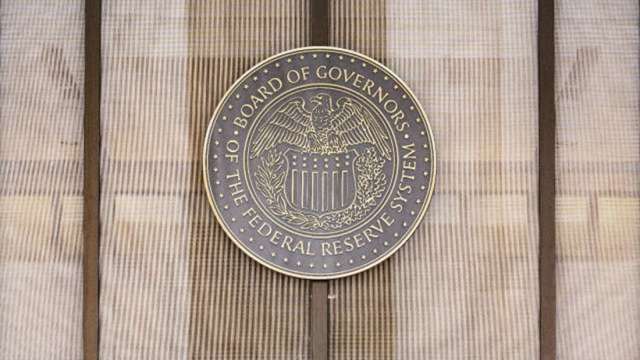The US Federal Reserve (Fed) said in its Beige Book released on Wednesday (30) that the US economy grew only slightly from mid-October to late November and businesses were hit by high inflation and high rates of interest and have become more pessimistic.
According to the Beige Book: “Since the last report, economic activity has been broadly flat or has grown only marginally, below its previous modest average pace.”
“Interest rates and inflation continue to weigh on economic activity, with many respondents expressing higher levels of uncertainty or a more pessimistic view of the economic outlook.”
The Beige Book is published two weeks before each regular meeting of the Fed. It is a periodic survey of comments on the current economic situation in the 12 regions under its jurisdiction. The survey period is from mid-October to November 23rd.
The Fed is about to hold its last regular meeting of the year on Dec. 13-14, and the market generally expects rate hikes to slow to 2 yards (50 basis points). Fed Chairman Jerome Powell’s speech at the Brookings Institution the same day reinforced this expectation, saying the next meeting would slow the pace of interest rate hikes as soon as possible, but stressed that the terminal interest rate would be higher than than initially expected.
Following Powell’s speech, CME’s FedWatch Tool showed that the US federal funds rate futures market estimated the probability of raising interest rates 2 yards in December was 77%, and the probability of raising interest rates by 2 yards in December was 77%. 3 yard interest rate was 23%. at 4.75-5%.
inflation
The report has several key takeaways: First, in terms of inflation, the Beige Book shows that “price growth has slowed” due to weaker demand and improving bottlenecks in the supply chain. Some retailers have had to cut prices to free up inventory. The prices of some commodities, including timber, have declined, while rents and house prices have increased more modestly.
But the slowdown in price gains is likely to be very slow, with the Beige Book saying that inflation should be flat or slow further. US inflation remained at 7.7% in October, although it fell from a 40-year high of 9.1% in June.
Economic activity
The Beige Book showed that five of the 12 regions experienced “mild to moderate growth” in economic activity, while the remaining seven reported “flat” or “mild to moderate” declines.
Consumer spending remained flat and spending on services such as travel even rose, but sentiment from manufacturers was mixed.
occupation
The Beige Book showed a slight cooling in the labor market. Businesses need fewer employees and it’s easier to keep people, proving that the shadow of the economic downturn has meant that more employees are choosing to stay in their current jobs.
But even if the economy slows further, companies may not resort to layoffs because those workers have been hard-won. This reflects the fact that the United States is experiencing its worst labor shortage in decades. “Even with lower demand for jobs, some respondents are still reluctant to fire workers because recruiting isn’t easy.”
Some companies are reporting, wage growth has slowed slightly and could cool further.
view on the recession
The Beige Book pointed out that more companies are concerned about the economic downturn in 2023. The latest Beige Book did not mention the possibility of a recession at all.
Fed officials have acknowledged that the fight against inflation could trigger a recession. The Fed’s internal economists also recently said that the economy could be in a recession next year, which is the first time since March this year.

